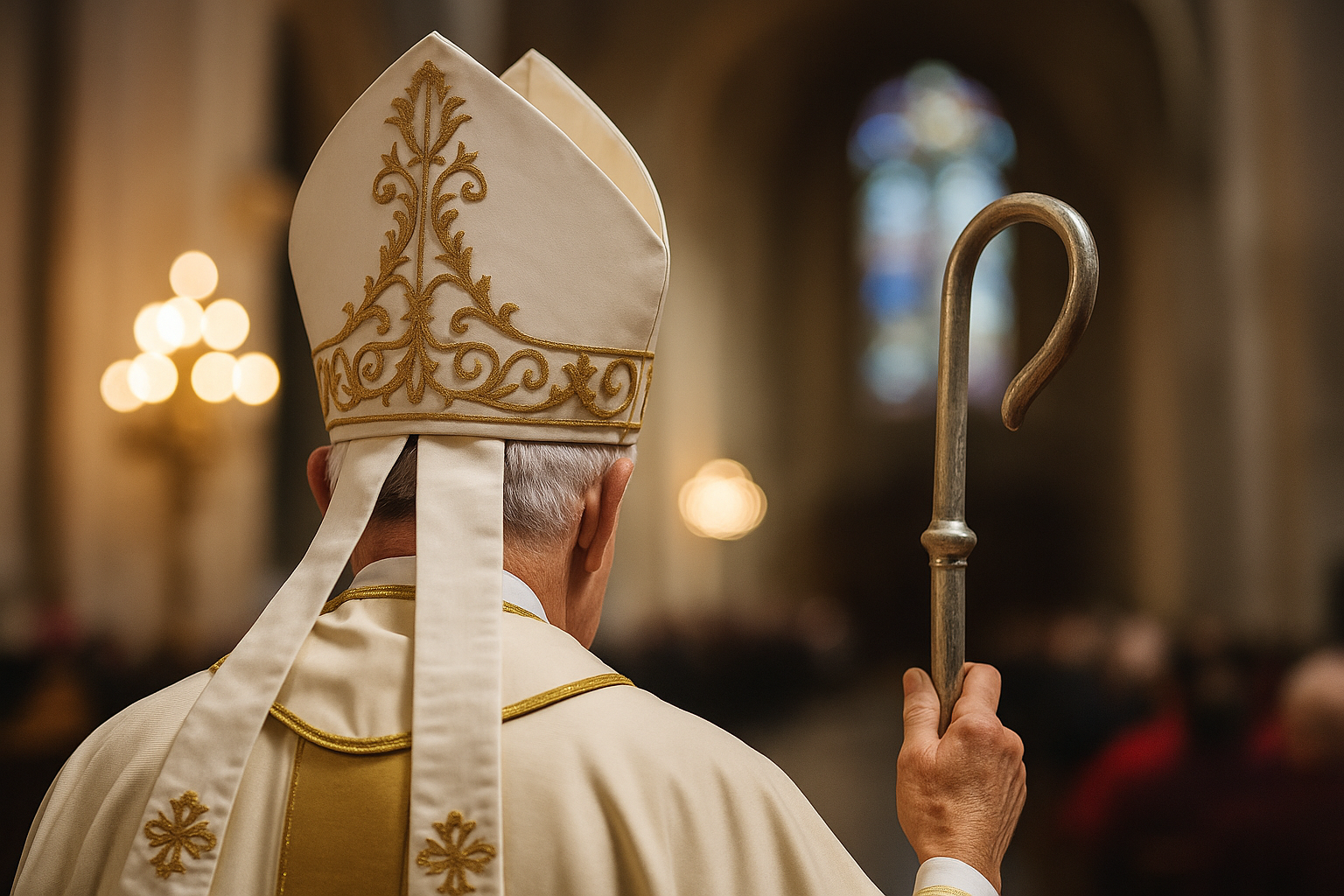You are Peter, and on this rock I will build my Church.
Jesus (Matthew 16:18)
Who is the Pope really? For some, he is the head of a tiny state in the heart of Rome. For others, he is a charismatic media figure, capable of addressing spiritual, social, and environmental issues with equal authority. But for Catholics around the world, the Pope is much more: he is the successor of Peter, the visible foundation of the unity of the Church, the guardian of faith and morals.
The figure of the Pope has been at the center of Catholicism for two thousand years, but his role has evolved over the centuries, reflecting the challenges, needs, and conflicts of human history. Today, the pontiff is at once a spiritual guide, a global leader, and a witness to the Gospel. In this article, we will analyze in detail the meaning, functions, and powers of the Pope within the Church, from his investiture to his impact on the contemporary world.

Origins of the Papacy: From Peter to the Roman Pontiff
The figure of the Pope has its roots in the New Testament. According to Catholic tradition, it was Jesus himself who conferred on Simon Peter a unique role among the apostles, with the famous quote at the beginning of this article.
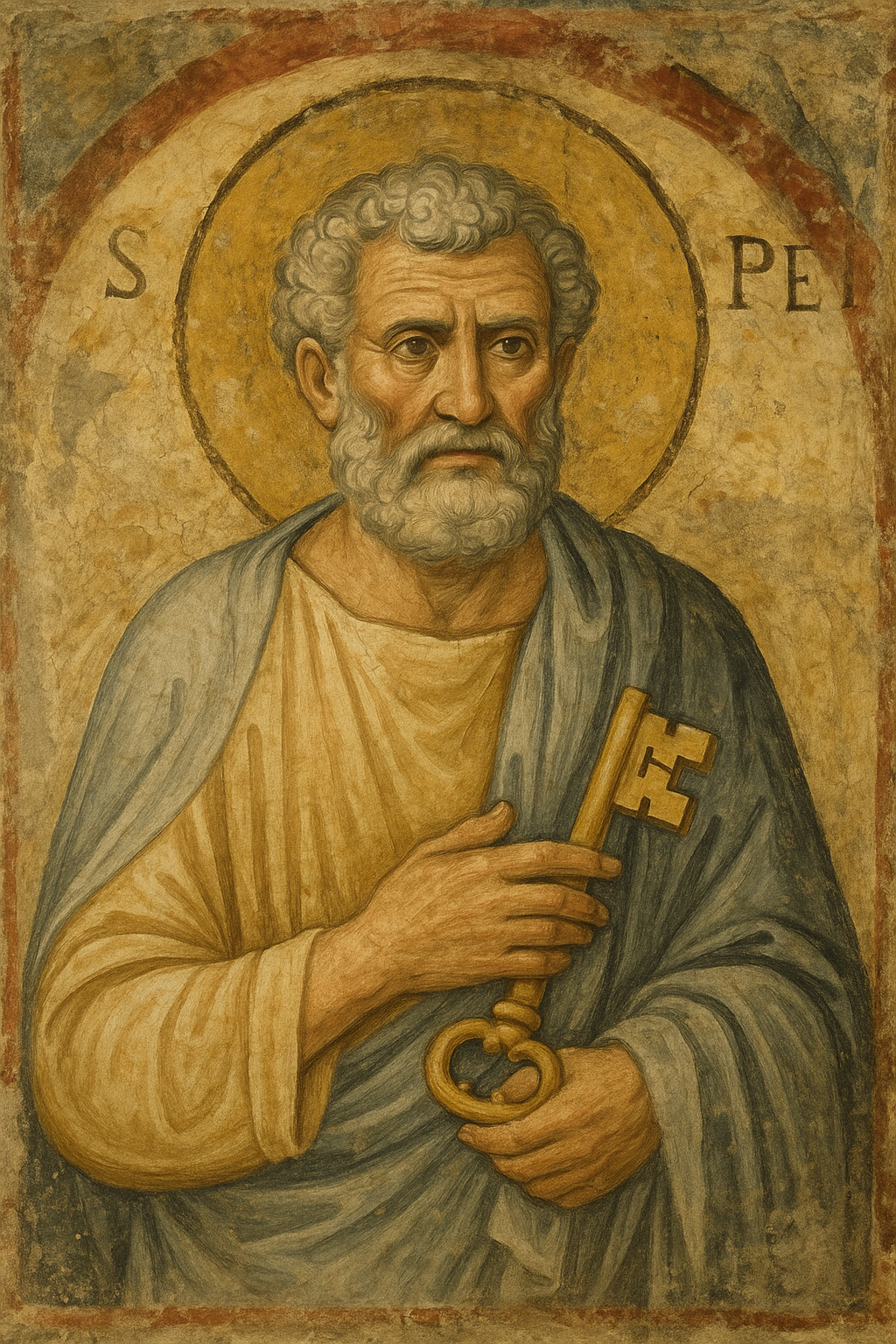
Peter, recognized as the first bishop of Rome, was martyred during Nero's persecution. Since then, every successor to his episcopal ministry has been considered the Pope — the “Vicar of Christ” — and the visible head of the universal Church.
The term “Pope” (from the Greek pappas, “father”) was initially used for several bishops, but from the sixth century it became established as the exclusive title of the bishop of Rome.
Already in the Middle Ages, the pontiff was recognized as the supreme shepherd, called to guarantee unity in faith and communion among all local Churches.
The title “Pontifex Maximus,” now used for the Pope, has its origins in ancient Rome. It derives from pons, pontis (“bridge”) and facĕre (“to make”), and may initially have referred to an official responsible for the construction or supervision of bridges, especially on the Tiber. However, already in the Republican era, the Pontifex Maximus was the highest office in the college of pontifices, priests responsible for regulating Roman public worship. In Christian times, the title was symbolically adopted by the bishop of Rome to express his role as mediator and guarantor of spiritual unity: the Pope is in fact the “bridge builder” between God and humanity, between heaven and earth, between the different components of the Church.
In addition to his spiritual role, the Pope soon took on a political and legal role. With the establishment of the Papal States (8th century), the pontiff also became a temporal ruler, governing territories in central Italy until 1870. This intertwining of throne and altar had a profound impact on European history, fueling alliances, wars, and reforms.
The Role of the Pope in the Church: Guidance, Unity, and Teaching
In the Catechism of the Catholic Church, the Pope is defined as:
“The bishop of the Church of Rome, the successor of Saint Peter, the head of the College of Bishops, the Vicar of Christ and the Shepherd of the universal Church” (CCC 936)
This means that his function is unique and irreplaceable within the ecclesial structure.
The Pope is in fact:
Spiritual Guide
The Pope is the supreme pastor of the universal Church. Although each bishop is responsible for his own diocese, the pontiff has the task of confirming the faith, promoting unity among believers, and safeguarding apostolic tradition.
His magisterial acts—such as exhortations, encyclicals, and apostolic letters—offer guidance on moral, doctrinal, and pastoral issues. This ministry does not place him as an absolute ruler, but as a servant of truth and ecclesial unity.
Head of the College of Bishops
The Pope leads the episcopal college in a collegial and visible manner. He convenes Ecumenical Councils, appoints cardinals, and, if necessary, intervenes in particular situations.
He does not control every diocese, but acts as the ultimate guarantor of orthodoxy and communion among the local Churches. His task is to ensure that every part of the Church remains faithful to the mission received from the apostles.
One of the most well-known and debated aspects of the papacy is the dogma of infallibility, proclaimed at the First Vatican Council (1870). It states that when the Pope speaks ex cathedra on matters of faith and morals, he enjoys special divine assistance that prevents him from erring.
This dogma does not mean that the Pope is always infallible in everything he says, but only in very specific circumstances, and in continuity with apostolic tradition.
The Powers of the Pope: Between Spiritual Authority and International Diplomacy
The Pope is not only the head of the Catholic hierarchy: he is also a figure endowed with real and articulated powers, which operate on different levels.
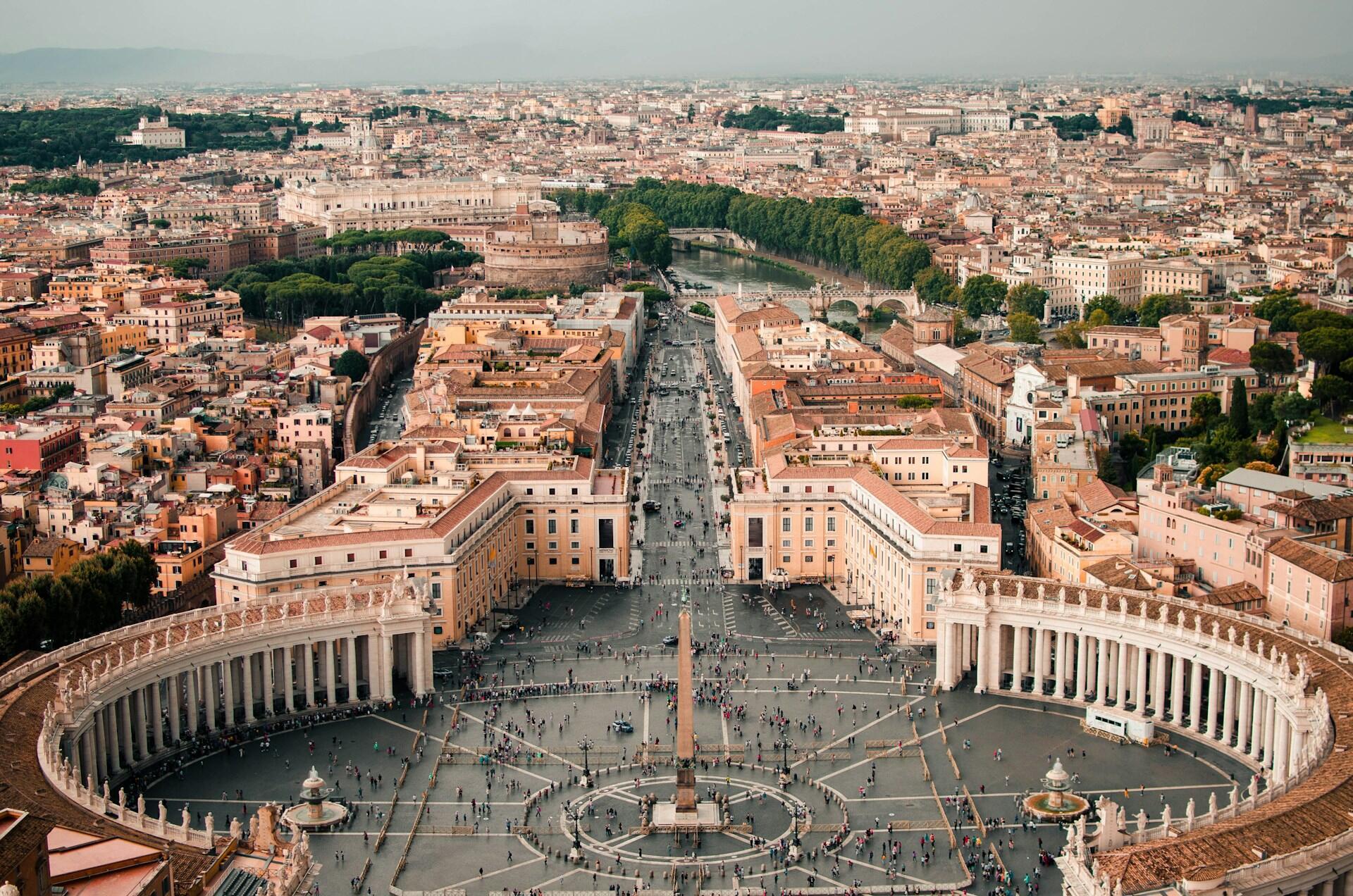
These powers extend from the strictly ecclesial dimension to the legal and international dimensions, making him one of the most unique actors on the global stage.
Authority of Government in the Church
The Pope has full, supreme, and universal power over the entire Church, as established by the Code of Canon Law (can. 331–333). He exercises this authority by:
- By appointing bishops and cardinals
- By promulgating universal laws
- By intervening, if necessary, in dioceses
- By approving religious orders or ecclesial movements
He can dissolve marriages, grant indulgences, recognize Marian apparitions, and has the power to commute canonical penalties (including excommunication).
Legislation and Justice
The Pope is also the supreme legislator of Vatican City State, an entity recognized by international law. His power is exercised:
- Through the Congregation for the Doctrine of the Faith, the most important of the Vatican dicasteries;
- Through ecclesiastical tribunals that settle canonical and matrimonial disputes;
- Through the issuance of Motu proprio, legal documents signed directly by the Pope.
Diplomacy and international relations
The Pope is the only religious leader who is also the head of a sovereign state. This gives him a privileged status in diplomatic relations:
- The Holy See maintains official relations with over 180 countries;
- It has a network of apostolic nunciatures (embassies) throughout the world;
- It is recognized as a permanent observer at the UN, participating in global discussions on peace, the environment, migration, and human rights.
To give some recent examples, Pope Francis has launched appeals for peace in Ukraine and Gaza (2022–2024), receiving delegations from the parties involved and offering the Holy See's mediation.
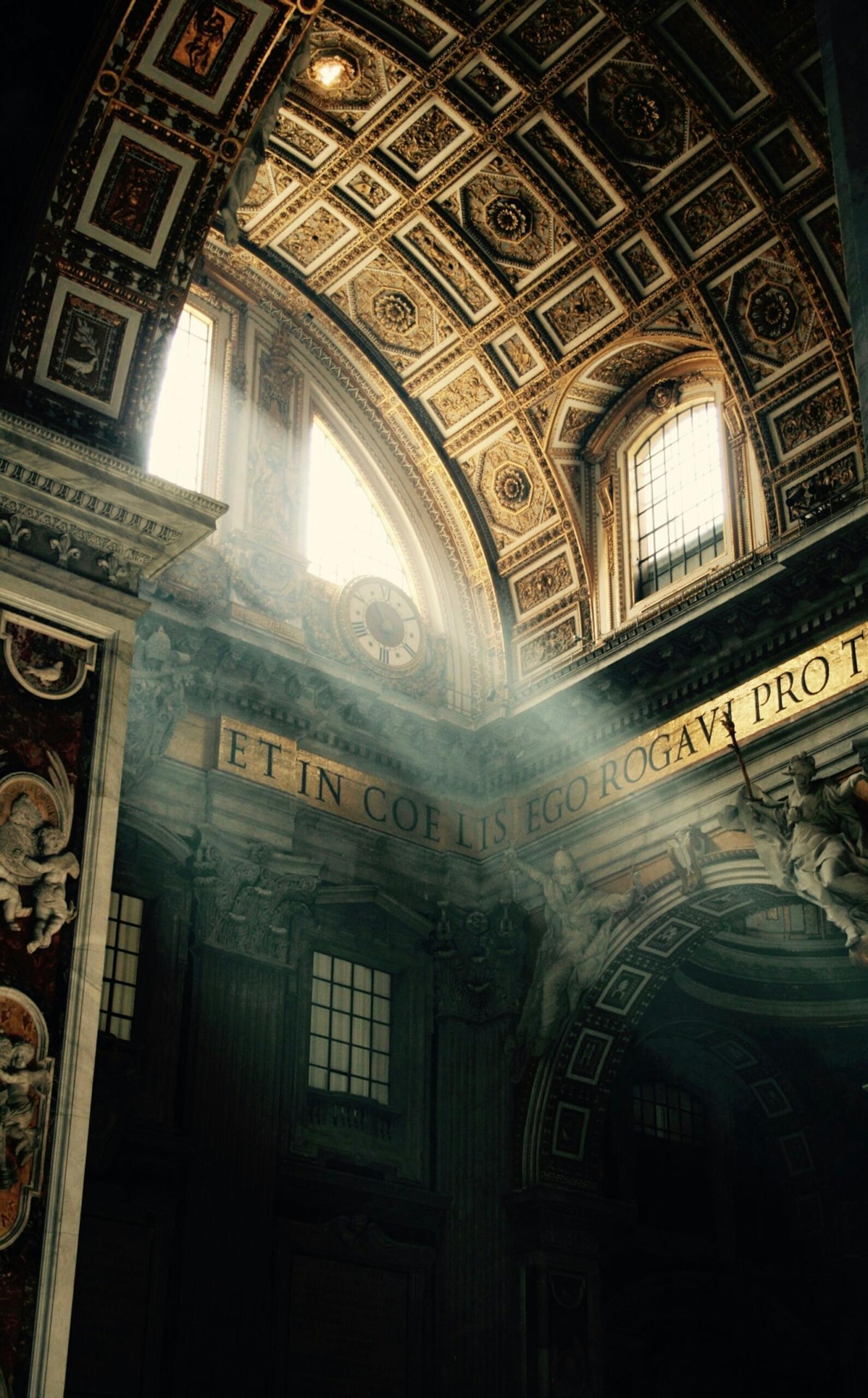
He has also strengthened dialogue with moderate Islam, participating in the 2023 Manama Forum in Bahrain and consolidating relations with the Grand Imam of al-Azhar through the House of the Abrahamic Family in Abu Dhabi.
The Pope Today: A Global Symbol in a Secularized World
In the 21st century, the figure of the Pope has taken on a new meaning: while retaining his theological centrality, the pontiff has also become a moral, intercultural, and universal symbol.
| Pope | Birth Name | Country | Pontificate |
|---|---|---|---|
| Leo XIII | Vincenzo Gioacchino Pecci | Italy | 1878 - 1903 |
| Pius X | Giuseppe Sarto | Italy | 1903 - 1914 |
| Benedict XV | Giacomo della Chiesa | Italy | 1914 - 1922 |
| Pius XI | Achille Ratti | Italy | 1922 - 1939 |
| Pius XII | Eugenio Pacelli | Italy | 1939 - 1958 |
| John XXIII | Angelo Giuseppe Roncalli | Italy | 1958 - 1963 |
| Paul VI | Giovanni Battista Montini | Italy | 1963 - 1978 |
| John Paul I | Albino Luciani | Italy | 1978 (33 days) |
| John Paul II | Karol Józef Wojtyla | Poland | 1978 - 2005 |
| Benedict XVI | Joseph Aloisius Ratzinger | Germany | 2005 - 2013 |
| Francis | Jorge Mario Bergoglio | Argentina | 2013 - present |
In a fragmented and secularized age, his voice stands out as a call to the essential, to dialogue and to human dignity.
A Bridge Between Cultures and Religions
Pope Francis, but before him Benedict XVI and John Paul II, has played an active role in interreligious dialogue, promoting reconciliation between Christians, Jews, Muslims, and representatives of Eastern religions.
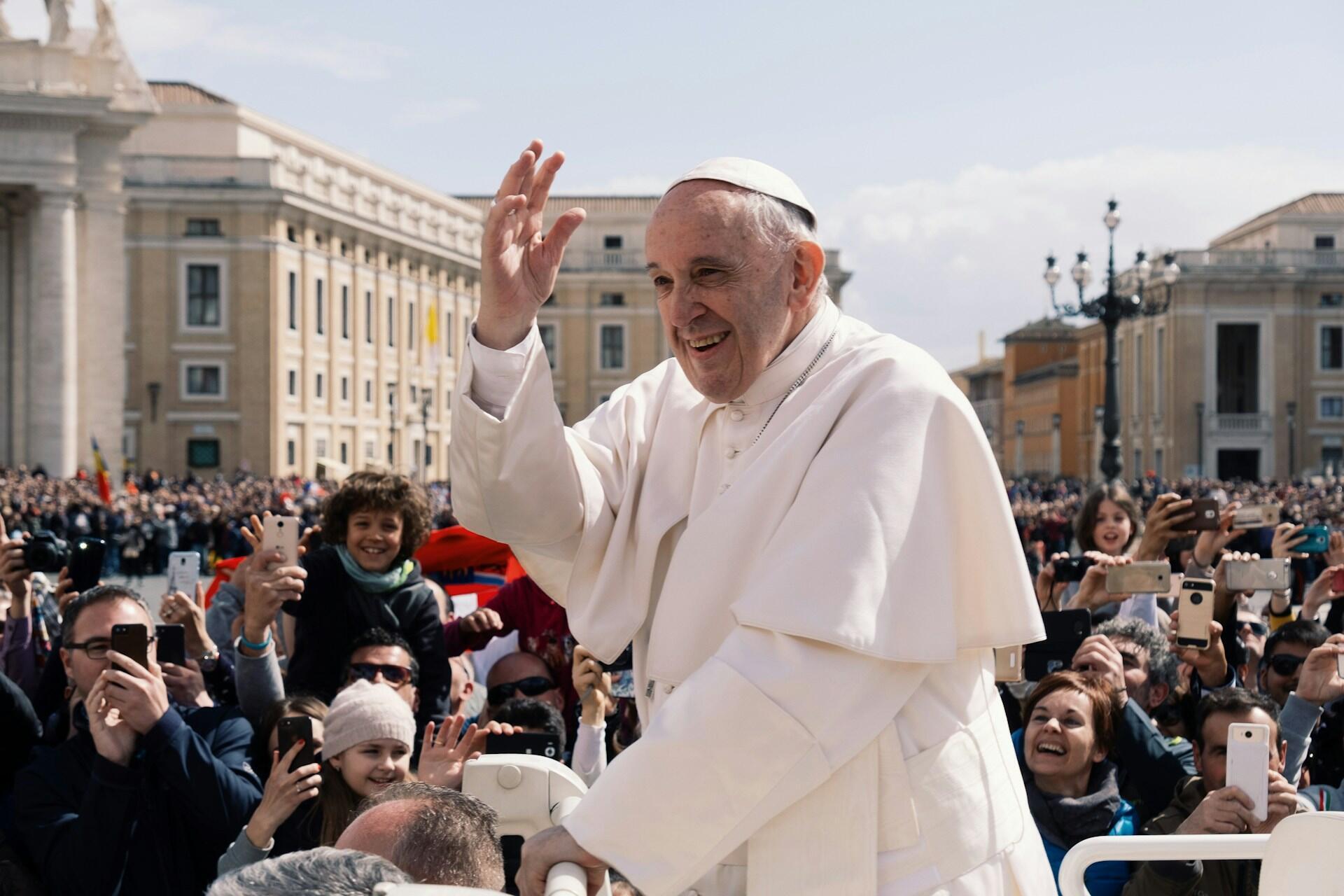
Visits to refugee camps, mosques, and synagogues have shown an action that goes far beyond doctrine: today, the Pope bears witness to openness and compassion as instruments of peace.
A Moral Leader on Issues of Global Importance
Modern popes have spoken out strongly on issues affecting the condition of contemporary man:
- Social justice
- Poverty and work
- Environmental crisis
- Digital ethics
- War and migration
The Pope does not propose political solutions, but offers spiritual and anthropological interpretations, seeking to “awaken the consciences” of believers and non-believers alike.
A Media Figure
With globalization and social media, the Pope has also become a media figure. Millions of people follow his audiences, speeches, travels, and interviews. While maintaining an aura of sacredness, the pontiff is now close to the language and sensibilities of the people, without renouncing theological depth.
Being Pope today means much more than holding the keys of St. Peter's. It means carrying the weight of tradition and the hope of the future, safeguarding the faith and welcoming the world, governing with firmness but serving with humility.
The Pope is not a monarch, but a shepherd. He is the face of the Church that seeks to speak to everyone, even those who do not believe. He is the link between eternity and today, between the invisible and the concrete. In his every gesture—from Mass in St. Peter's to a visit to a favela—he continues to embody the paradox of faith: power that becomes service.

